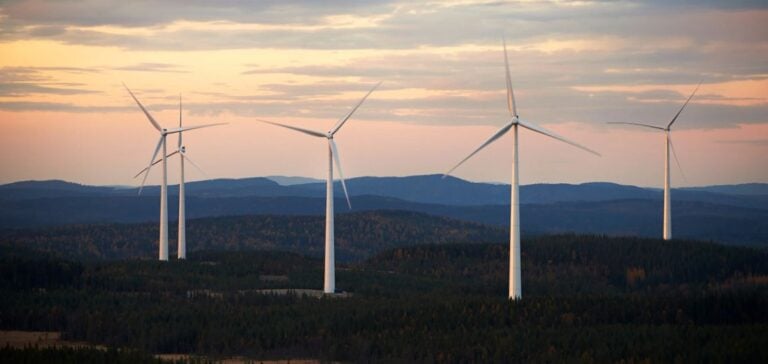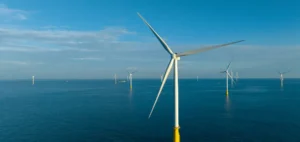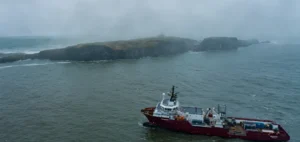Statkraft, Europe’s leading renewable energy producer, has inaugurated its first three wind farms in Chile, located in the O’Higgins Region. These wind farms, named Cardonal, Manantiales, and Los Cerrillos, have a combined capacity of over 100 megawatts (MW). The project, realized with an investment of USD 148 million, marks a significant step in Statkraft’s ambition to expand clean energy production in the country.
The new facilities comprise 19 turbines equipped with cutting-edge technology. They are expected to produce 330 gigawatt-hours (GWh) of green electricity annually, equivalent to the average consumption of 100,000 Chilean households. This contribution aligns with efforts to address Chile’s growing energy needs while reducing environmental impact.
A Project Backed by Strategic Partnerships
The official inauguration took place on November 21, with key figures such as Diego Pardow, Chilean Minister of Energy, Claudio Martínez, Regional Minister of Energy, and Per Anders Nilsen, Norway’s Ambassador to Chile, in attendance. Ingeborg Dårflot, Statkraft’s Executive Vice President International, highlighted during the event that the project reflects close collaboration between local authorities, stakeholders, and contractors. She also praised the collective efforts that enabled overcoming technical and environmental challenges.
A Long-term Sustainable Ambition
According to Dårflot, Chile boasts exceptional potential in wind and solar energy, making projects like Statkraft Eólico crucial for accelerating the country’s energy transition. These initiatives are part of a global strategy to strengthen Statkraft’s presence in South America and consolidate its position as a leader in renewable energy.
Statkraft is currently developing several renewable energy projects in Chile, encompassing various sources such as hydropower, wind, and solar energy. By investing in modern and sustainable infrastructure, the company reaffirms its commitment to responsible and environmentally conscious energy growth.





















